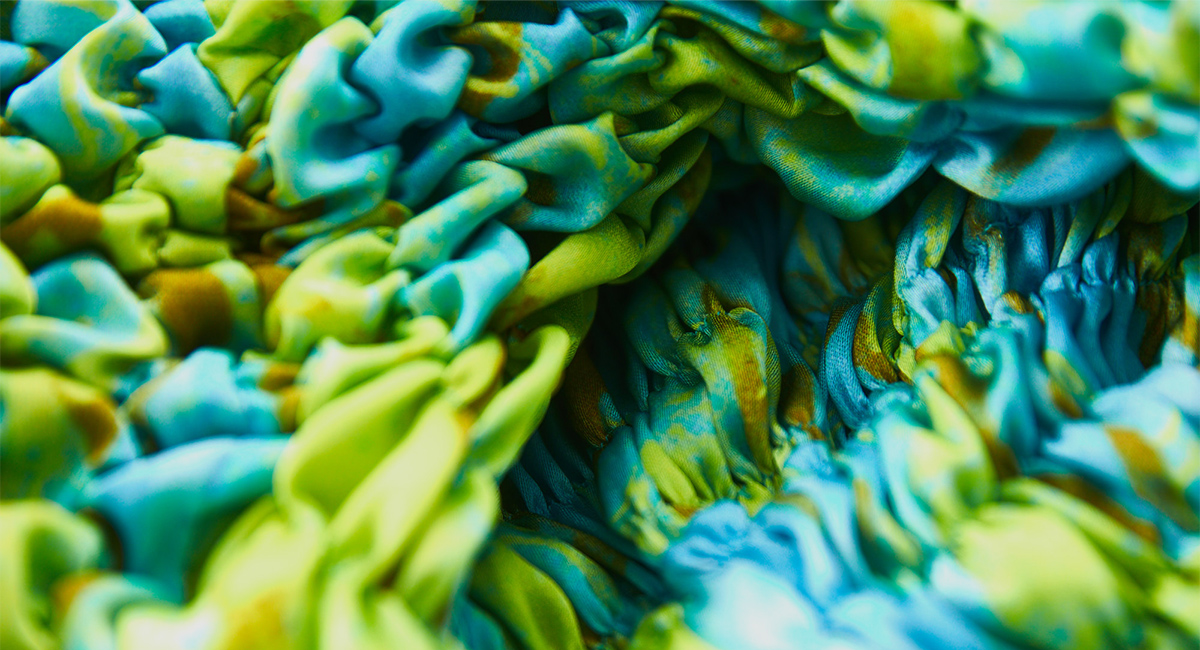
Woven Histories: On Fabrics And Storytelling
Who chooses the fabrics that sit against our skin, and what do these tell us about the designer who chose them? Writer Jess Cole delves deeper into the Browns Focus collection, exploring how fabric acts as a means of both construction and communication.
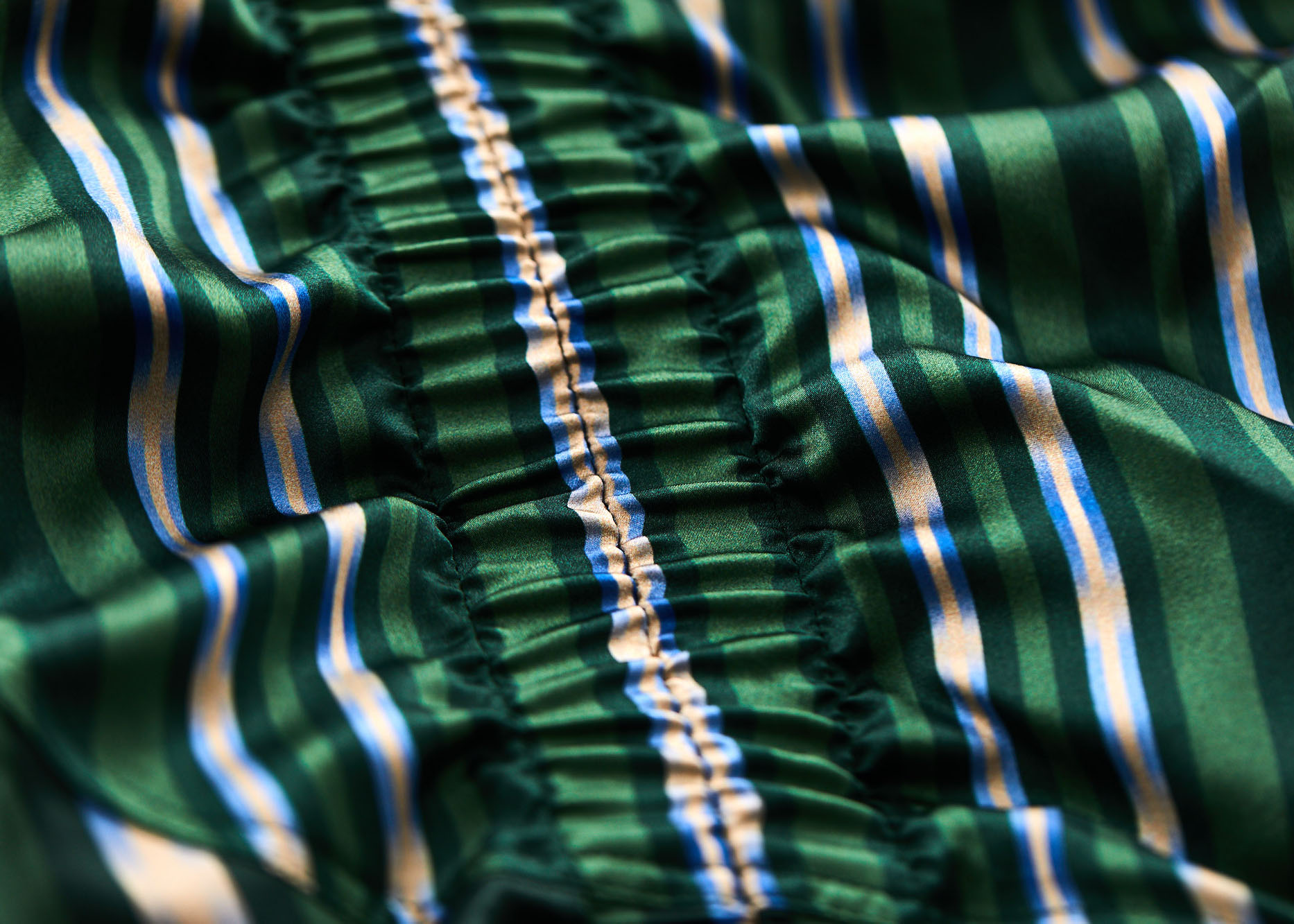
Touch is the first of our senses to develop. As infants, we reach out our hands to find understanding in the physical world. Perhaps because of this, garments can act as a conduit for knowledge and discovery, an intimate communion between designer, maker and wearer.
The designers featured in the Browns Focus collection seek to deepen this emotional bond. From Nicholas Daley’s textured quilts, to Bethany Williams’ philanthropic prints, to the structured contortions of FEBEN and the soft fluidity of SELASI, the eclectic variety is a rich revelation in how fabric can hold both our bodies and our stories.
Perhaps it is a long skirt with a gentle side opening, the blue fabric draped to ebb and flow over the wearer's legs; the gentle curls of a surf breaking against the body. A sleeveless high necked top, its fabric so soft and sheer that it feels almost translucent, suggesting the liminality of water. These pieces form part of SELASI’s capsule, entitled To Float Knowing I Can Stand. Through seven pieces, designer Ronan Mckenzie explores the comfort of bodies in water and the understanding of how water has the capacity to hold.
Initially a photographer, Mckenzie began making clothes out of a desire for more tactility within her artistic practice. Fabrics are interesting for her due to “how they interact with our skin, how they care for skin. If they are soothing or if they are cooling, if they constrict and if they give room and space.”
SELASI’s ethos is about being held and feeling held by what is on our skin, but it is also about Mckenzie, as a Black woman, taking ownership of her skin and the narratives around it. This was also the genesis of HOME, a hybrid art gallery and a community space which Mckenzie founded to celebrate the work of BIPOC artists. An upcoming show by Shaye Gregan, titled Belonging As Other, will incorporate offcuts of fabrics from designers such as Bianca Saunders and SELASI into his painting practice. For Gregan, “every time you see, hear or feel fabric, you have the chance to be present, to acknowledge the process and the story behind it and on it.”
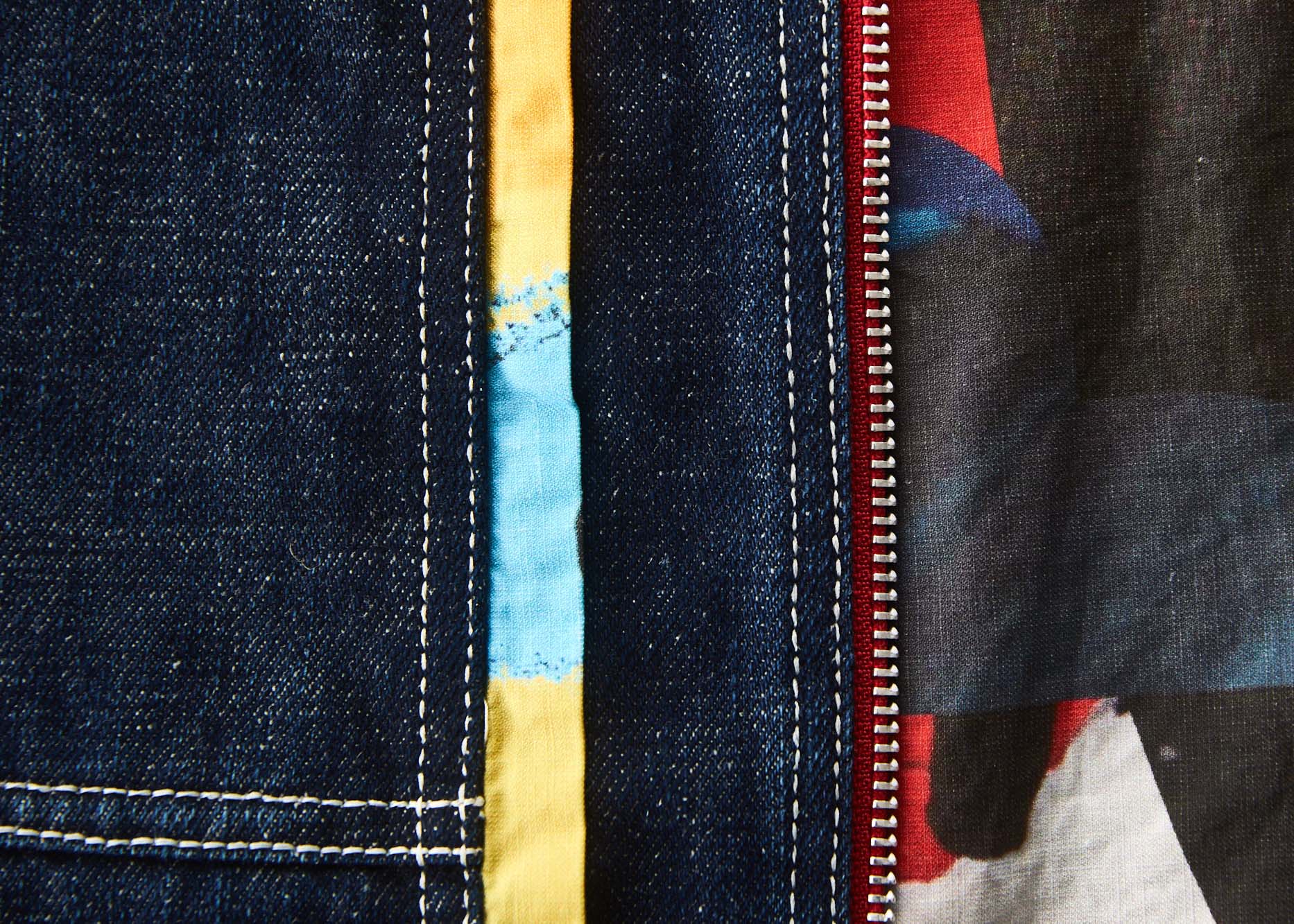
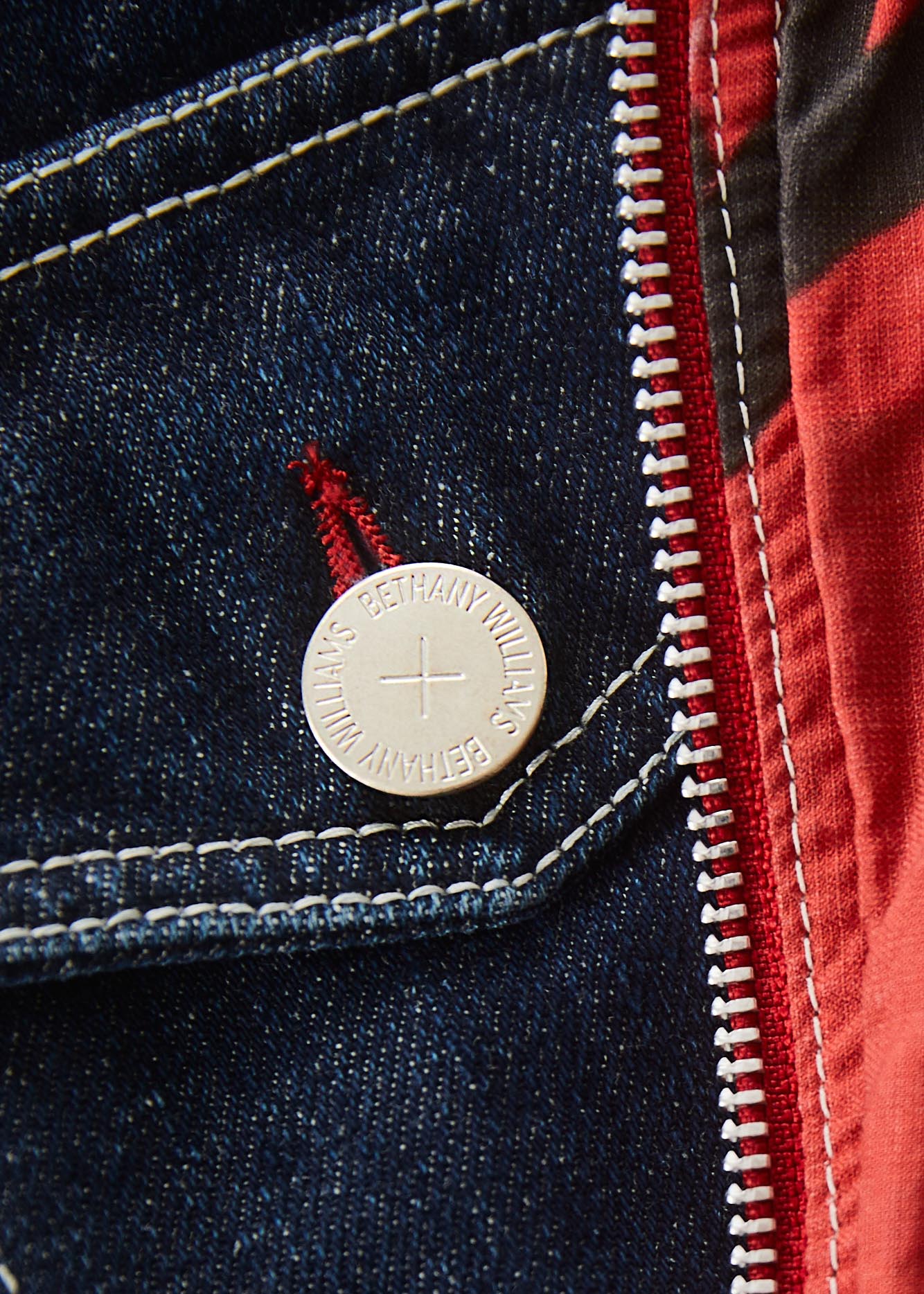
Narrating histories through fabric is also a key tenet of designer Bethany Williams' work, who prints stories designed by the illustrator, Melissa Kitty Jarram, directly onto her garments. The stories come from a collaboration with The Magpie Project, a support group for mothers and their small children in temporary accommodation, and Making For Change, which offers women prisoners the chance to retrain in the fashion industry. Both groups share childhood stories with Jarram, which she has interpreted onto the sustainable hemp flag fabrics of Williams’ utilitarian jackets and dungarees.
For Nicholas Daley, the craft of quilting is an important locus for exploring the intersection of community, craftsmanship and culture. Quilting arose out of the end of slavery in the American South, where groups of Black women would transfrom offcuts of fabrics into quilts embroidered with hidden maps and messages of safety, that could then be discreetly shared amongst runaway slaves. Daley incorporated the practice into his SS22 “Blue Quilt'' collection, and his Browns Focus capsule continues this research, using deadstock material from past collections, each of which are similarly imbued with storytelling and research (Daley is beloved not only for his classic utilitarian style and softly tailored aesthetic, but also for the conceptual approach which informs each of his collections). Thus each garment carries its own unique story, told via the materials and techniques from which they are made.
Deadstock fabrics are similarly at the core of Ahluwalia’s clothes, where sustainability blends with references to designer Priya Alhuwalia’s Nigerian-Indian heritage. Her collections are infused with nostalgia for the hand-me-downs she received from her Nigerian and Indian relatives, whilst also highlighting the problematic dumping of Western second-hand clothes in the Indian city of Panipat.
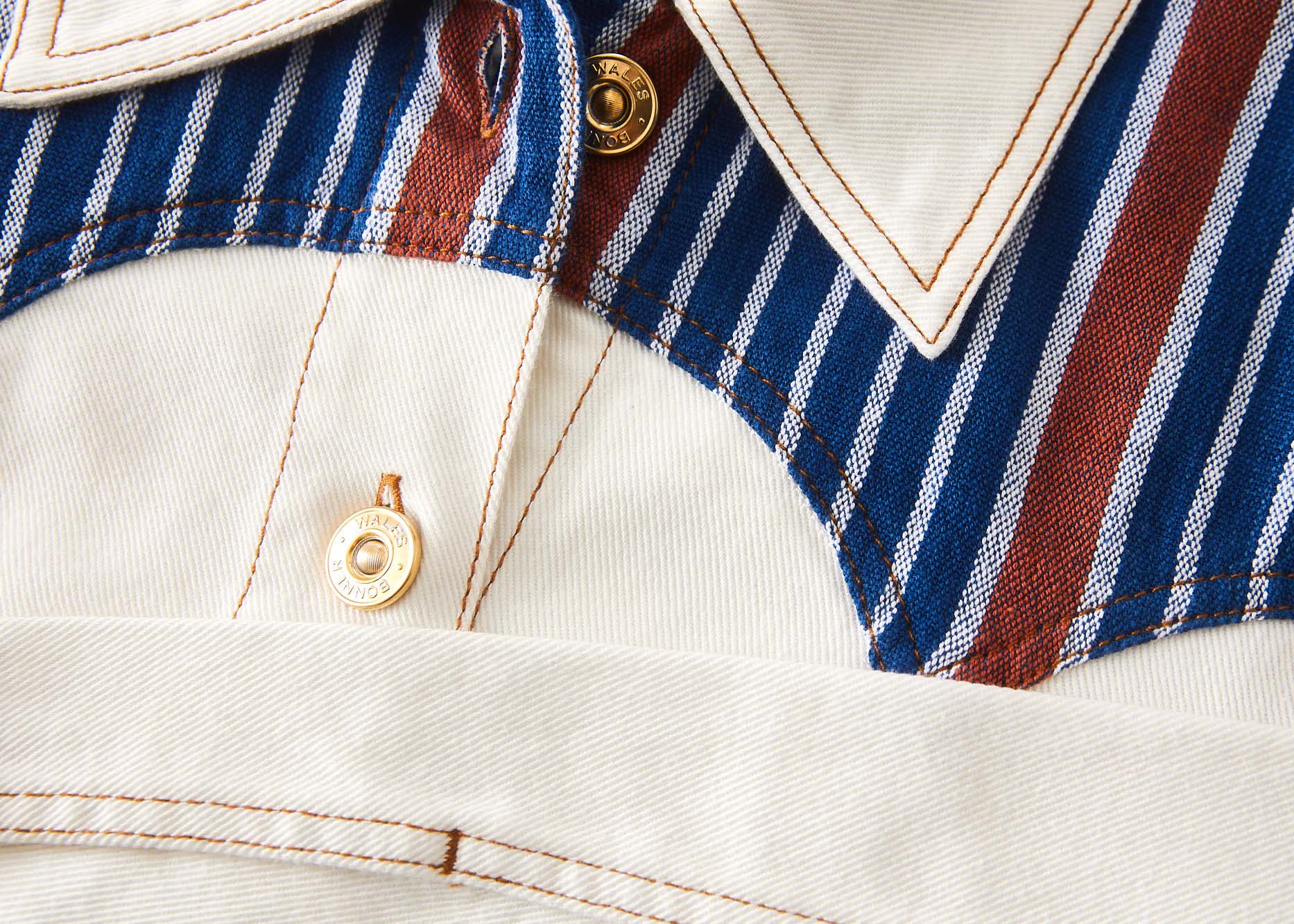
For established British label Wales Bonner, elevating the everyday and exploring cultural histories is also central to each collection, where meticulous research into diasporic histories is translated into beautifully wearable pieces. Designer Grace distils the otherness of Black histories into the essentialism of clothing; these stories become garments to be worn on the daily.
A similarly conceptual approach is taken by Namacheko’s brother and sister design duo, Dilan and Lezan, whose approach explores the duality between the designers' civil engineering background and the fashion they create. From latticed knitwear to geometric jackets, to the twisted denim and green marbled silks of their Browns Focus pieces, Namacheko’s clothes bring fashion into the realm of the technically-savvy by juxtaposing exquisite tailoring with off-kilter textures and structures. When considering Namacheko’s engineering background, these qualities infer how the infrastructure of our urban environments impact and shape the ways in which we move, feel and behave.
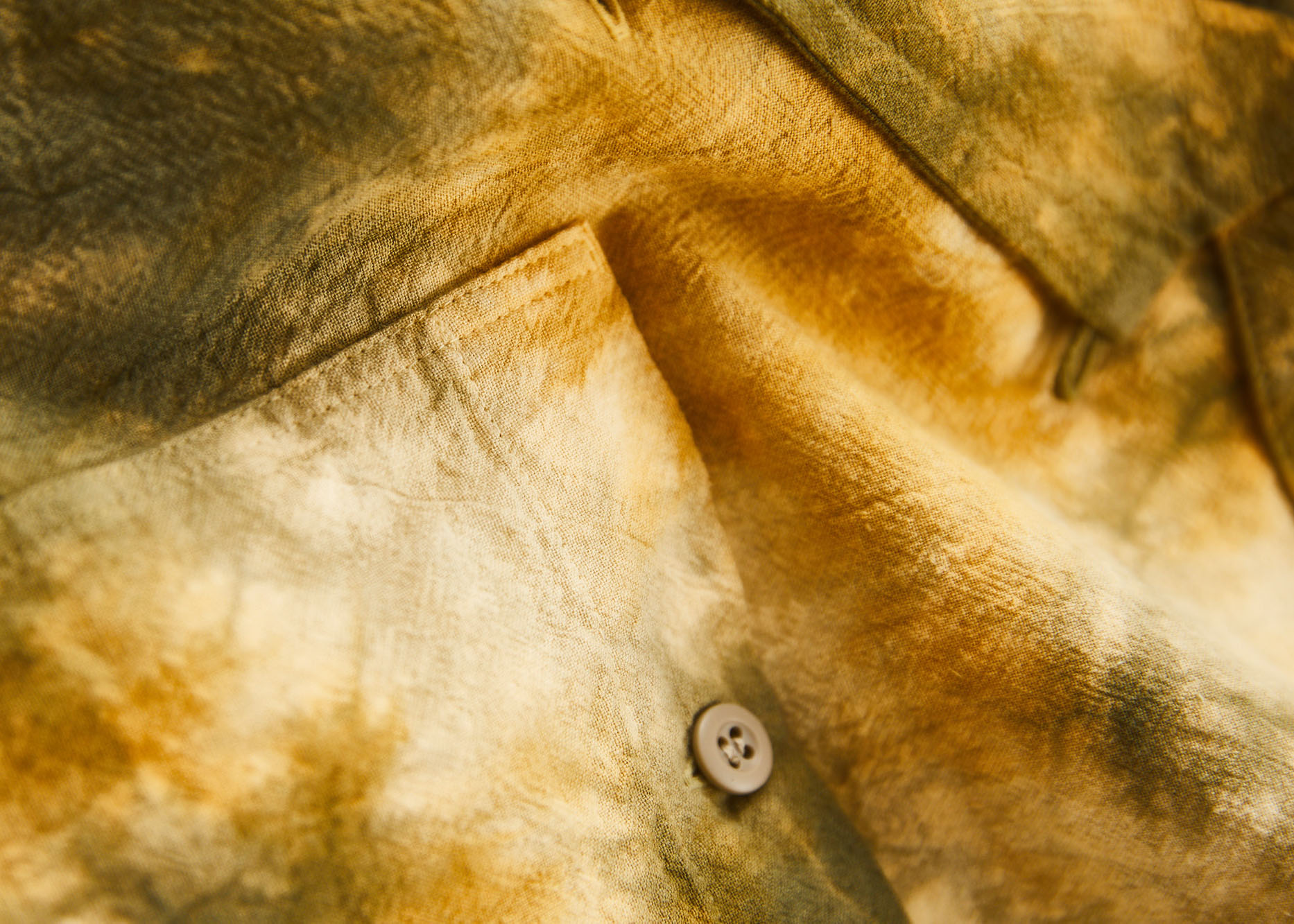
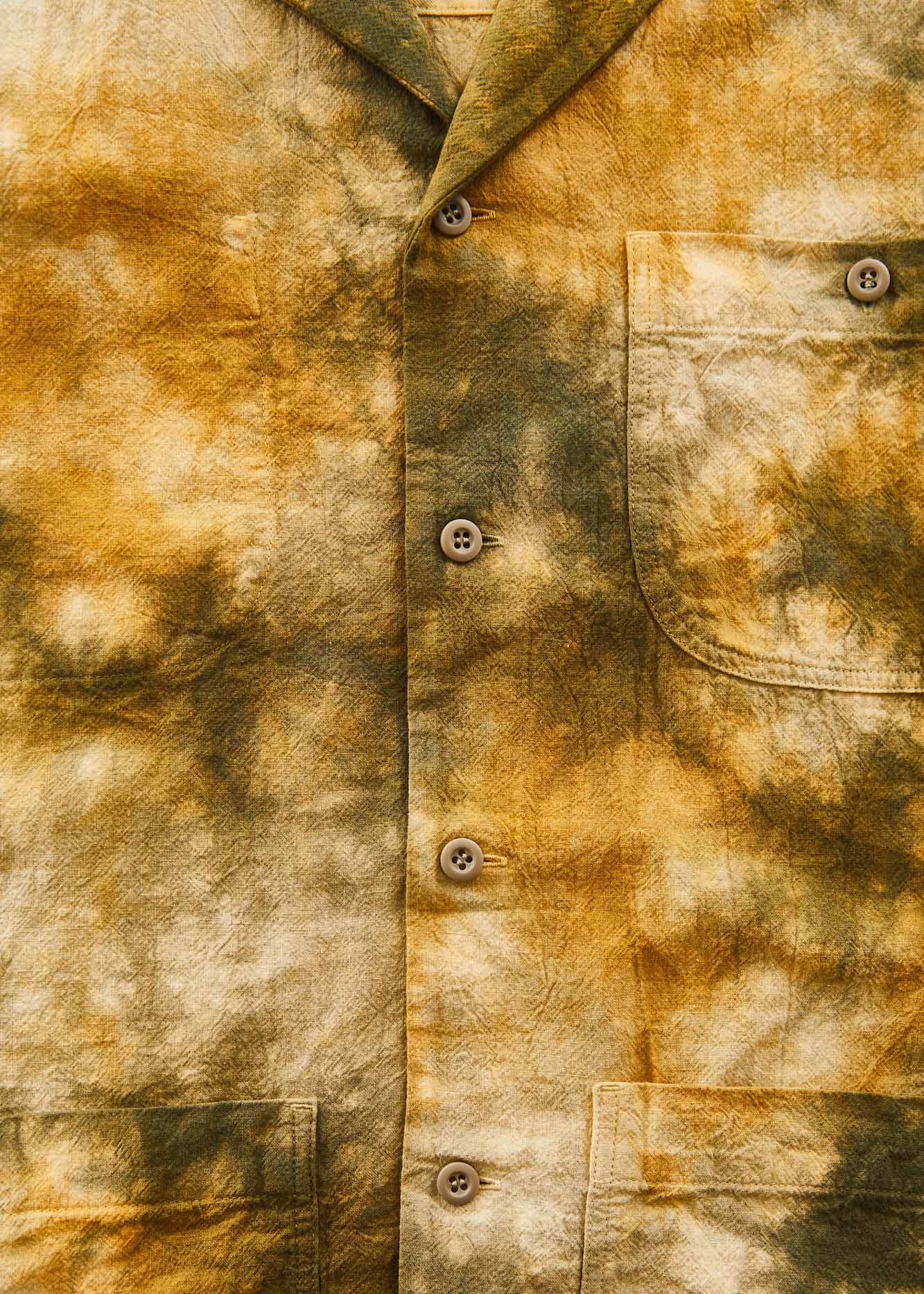
At FEBEN, the namesake label of the recent CSM graduate, technicality is also a key element in exploring movement and bringing new textures to clothes. “I’m really drawn to the 3D development of the collection, so that every piece is a stand-alone piece whilst also being able to match with anything else,” she says. The waterfall dress within the Browns Focus capsule is testament to FEBEN’s process - the vibrant pops of its green and blue prints were once a plain fabric, which has then been texturised by a sweeping bias cut. The effect is one of a smooth surface that ripples with movement. For FEBEN, restructuring and retexturizing fabrics is a way to debunk presumptions about the seemingness of things, exposing that nothing is a set entity, we are neither one thing nor another.
Unravelling the processes behind the Browns Focus pieces reveals how our garments carry more than just labels. They are intricately crafted fabrics which sit on our skin, holding and supporting us; making us feel both in the world, and felt within it.
Words by Jess Cole
Shop The Browns Focus Collection
Discover Browns Focus Series Two
Related Reading:
SEE: The Browns Focus Campaign
REFLECT: Meet The HOME Girls
IMAGINE: Visual Language And Aesthetics
See All Stories: